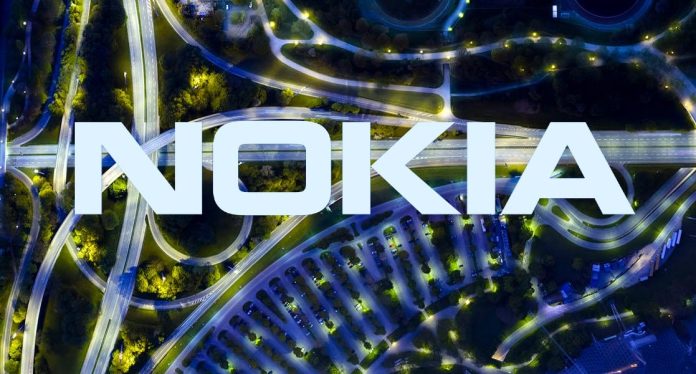Nokia noted that the platform has the main goal of testing and integrating 5G industrial uses in France
Nokia announced the launch of the 5G Innov Lab platform as part of the France Recovery plan.
In a release, the Finnish vendor noted that the platform has the main goal of testing and integrating 5G industrial uses and brings together various entities, including Airbus Secure Land Communications, Augmented Acoustics, Digital Immersion, IMT, SNEF Lab, Nokia Bell Labs, and Paris-Saclay Hardware Accelerator.
Nokia also said that the 5G Innov Lab platform will rely on a 5G private network comprised of different frequencies (2.6 GHz TDD, 26 GHz, and the 3.8 – 4.2 GHz band), with three major focus areas, namely research and innovation, industrial and vertical use cases as well as 5G experiments in the 26 GHz band.
In the research and innovation field, the work will focus on the future uses of the “smart industry” and “smart mobility”. With the aim of presenting experimental results, field testing proof of concepts, and developing advanced prototypes, the implementation of future use cases will be based on:
-A call for innovation led by the Garage Nokia Paris-Saclay, with the support of IncubAlliance and La French Tech Paris-Saclay
-Nokia Bell Labs’ robotic services software platform
-Industrial demos with the Paris-Saclay Hardware Accelerator 4.0 factory, covering topics such as robotics and predictive maintenance
Meanwhile, the Nokia LaaS (Lab as a Service), which is based at the Paris-Saclay site, will enable companies in the sector of rail, urban and energy transport and local authorities to test future use cases in an operational 5G and private wireless (4.9/LTE and 5G) environment. Testing will be based on the deployment of 5G infrastructure at the Nokia Paris-Saclay campus or at customer sites for each type of industrial use; and at SNEF group Lab for railways, industrial, and mining applications.
The project also stipulates 5G experiments in 26GHz band. The objective is to coordinate the first experiments on the 26GHz band as part of the allocation of these experimental frequencies by French telecommunications regulator (ARCEP) and to deploy the 26GHz infrastructure on each concerned site. The experiments cover sectors as varied as the connected port with the Port of Le Havre; the connected stadium with the National Vélodrome; the connected city with Paris La Défense; and the connected museum with the Cité des Sciences. These experiments will make it possible to validate the technological relevance of 26GHz, the emergence of new use cases and services, and new business models integrating new players, Nokia said.
“5G will play a critical role in the transformation of the industry and verticals and this Nokia-led platform will enable the development in France of new use cases, with the support of all partners. France has many assets, supported by both historical and new players, and the cooperation of these actors is essential to accelerate developments and guarantee our competitiveness at the European and global levels,” said Pierre-Gaël Chantereau, president of Nokia in France.

